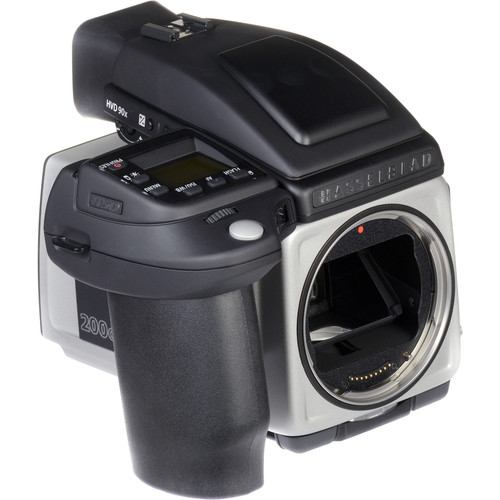Film capture and digital output allows a photographer to enjoy all the unique color traits of film photography, without sacrificing the advanced editing that digital methods allow. The film can be scanned at a high resolution to create a quality digital file. The file can then be edited and shared in the virtual world or it can be sent for digital printing.
 |
| Film photographs keep their natural color beauty when scanned. |
Though there is a larger investment in each piece of film, the overall cost can be lower for the film/digital workflow. Digital cameras are in constant need of replacing, whereas a film camera will continue to work with little maintenance for a lifetime.
Film to digital is also an economical option for photographers using medium or large format. Medium format or large format digital backs for cameras are too costly for most artists, and even most professionals. By using film capture, a photographer can continue to enjoy all the detail of the larger capture area, without having to spend $20-$50 grand at B&H.
 |
Hasselblad H5D-200c Multi-Shot Medium Format DSLR Camera Body B&H # HAH5D200CMS MFR # H-3013708https://www.bhphotovideo.com/c/product/1078381-REG/hasselblad_3013708_h5d_200c_ms_digital_camera.html |
By keeping the film, the photographer has a highly stable, archival back-up storage method. This is much more reliable than a digital only workflow. With digital, there is a constant fear of programming failure and aging. A damaged or outdated digital file is often unrecoverable, but a scratched negative can still be saved.
Want to know more about scanning?
I recently finished a demo on film scanning with the Epson 750 scanner. Enjoy!
No comments:
Post a Comment